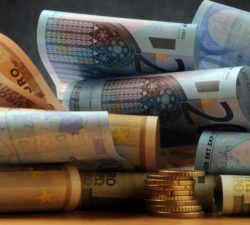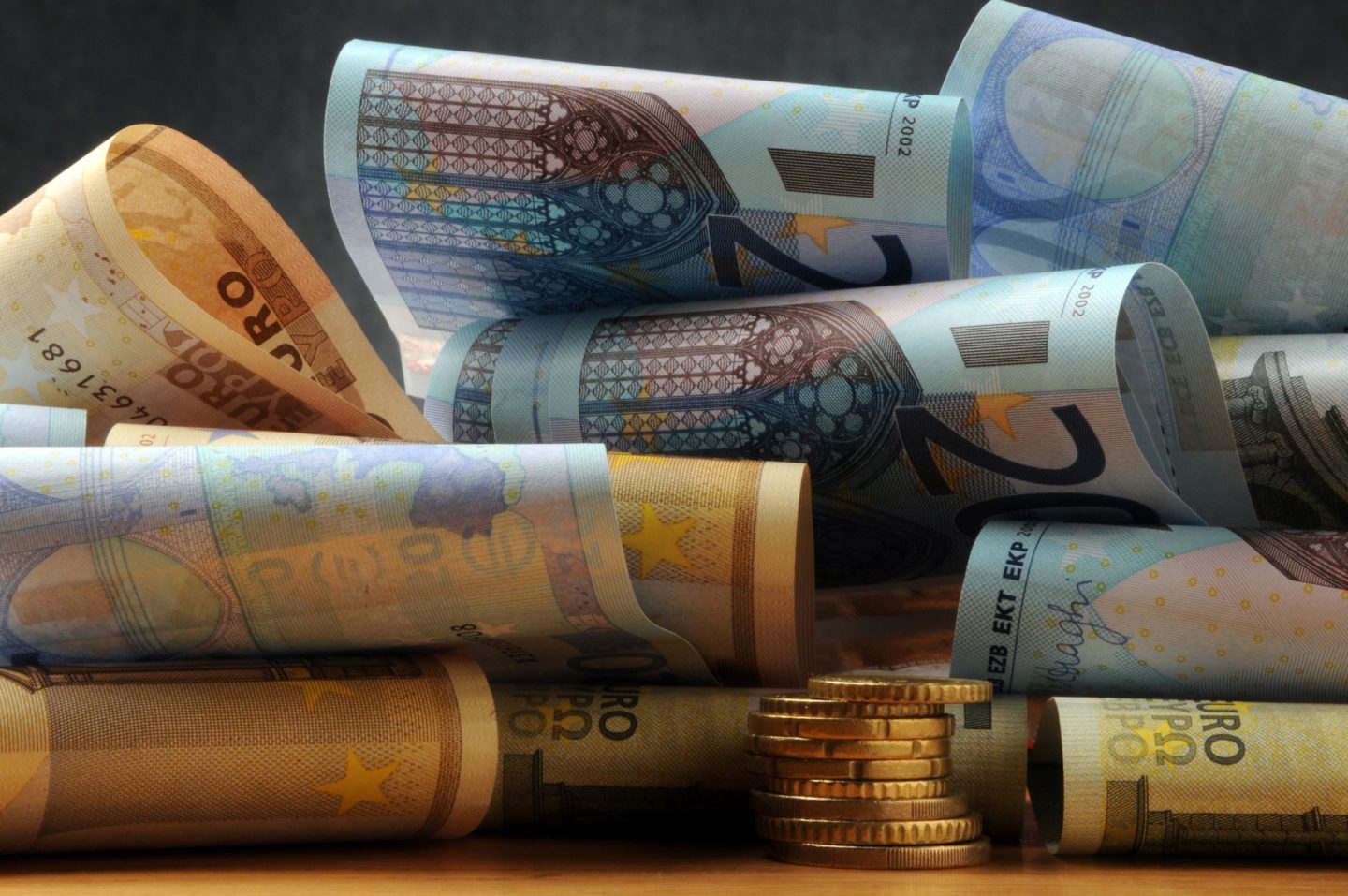The common currency was a bold experiment, but there can be no doubt that its success has brought prosperity and stability to all who signed up.
I still remember as vividly and if it were yesterday a lunch conversation with my colleagues at the Yale School of Management in late 2001. It was just a few months before the euro was introduced as the common currency of 12 European countries. The changeover rate between the new currency and the legacy currencies of these countries had already been fixed, on 1 January, 1999, and by then the EUR-USD exchange rate was about 0.85, meaning you would receive 0.85 USD per euro. Laughter rocked the table when someone entertained the hypothesis that one day there would be parity between the two currencies.
But by July 2002, the euro was already more expensive than the dollar. The relative price of both currencies is by no means an indication of which one dominates. Still, it remains interesting to recall the original skepticism…


